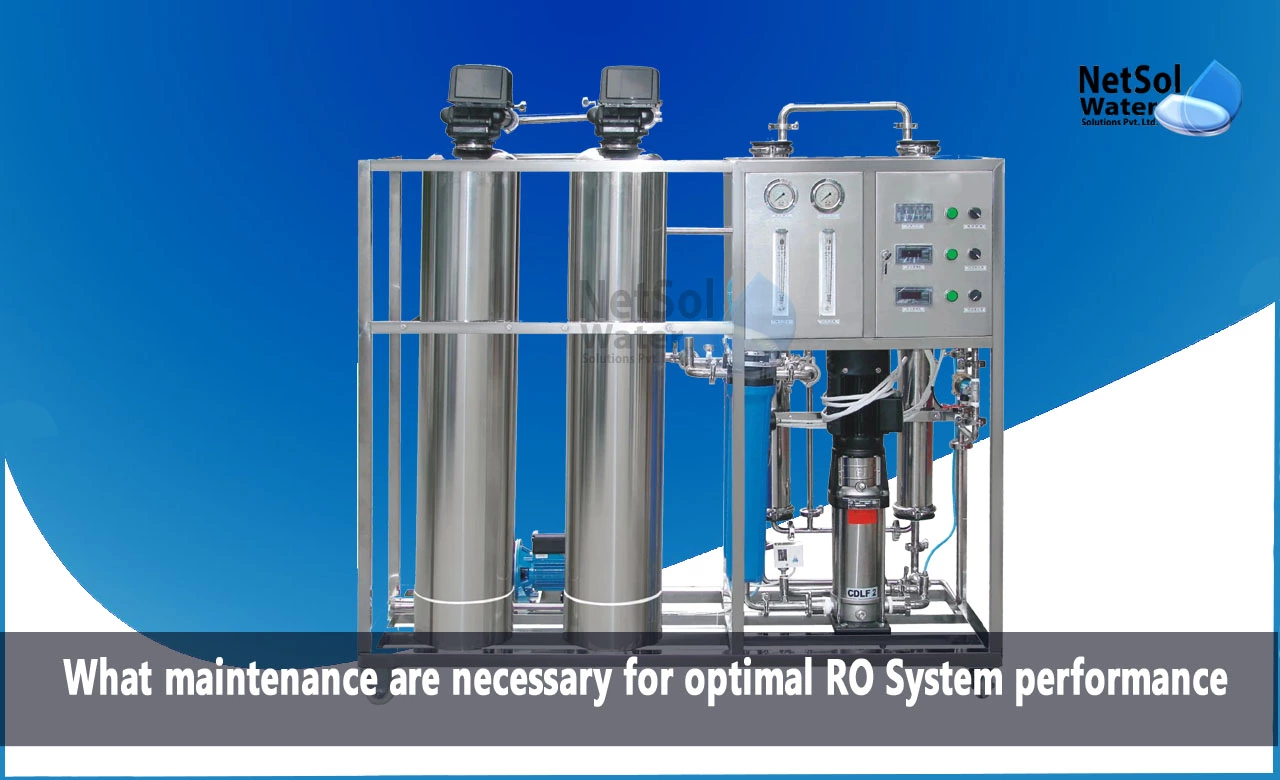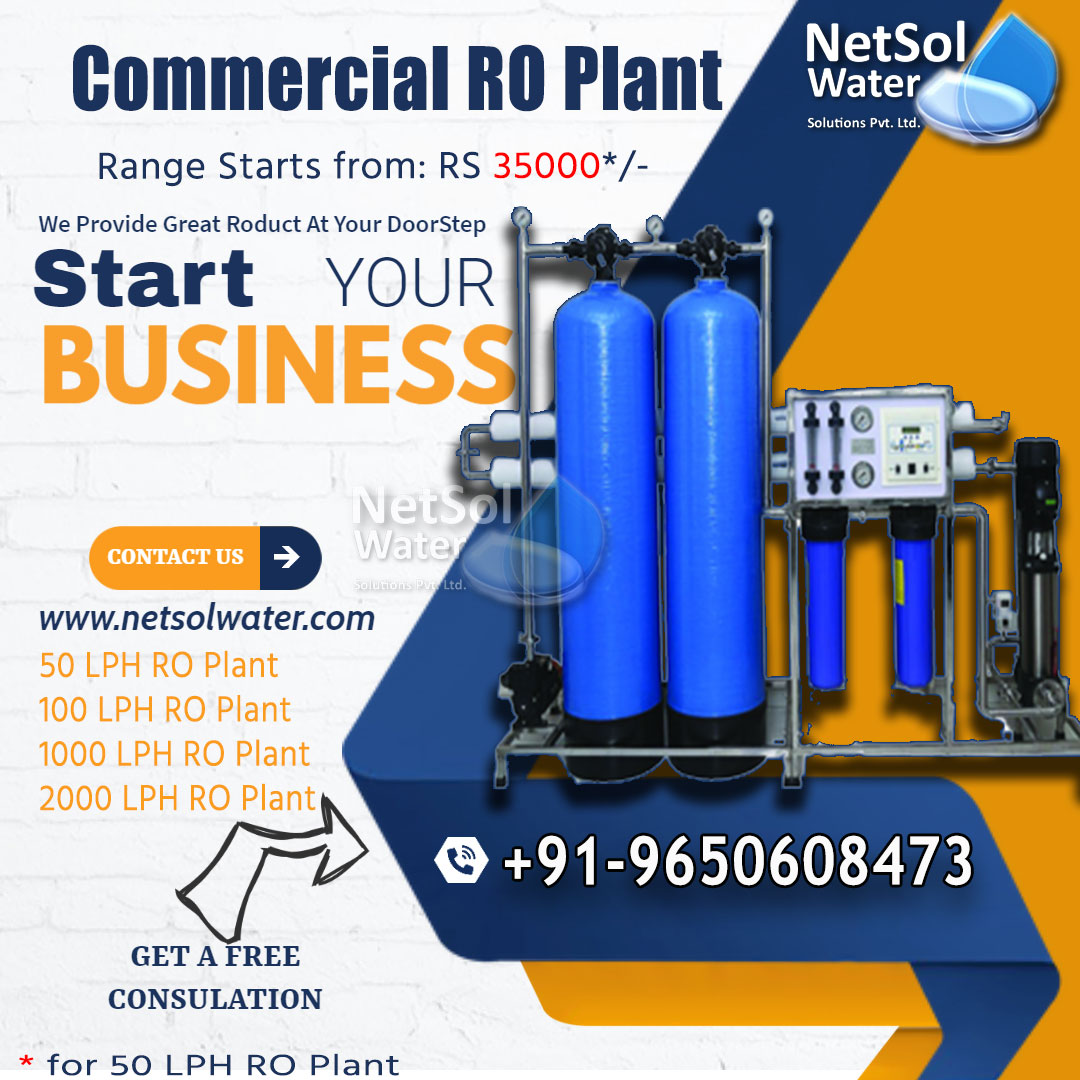What Maintenance are Necessary for Optimal RO System Performance?
Reverse osmosis (RO) is an advanced water purification technology that uses semipermeable membranes to remove contaminants. RO systems require proper ongoing maintenance to sustain performance and maximize service life. Following key maintenance best practices is essential for RO equipment reliability.
Daily Monitoring
Conduct visual inspections of the system to check for any leaks, abnormalities or sudden changes in feed water quality, pressure, flow or permeate quality. Verify that pumps, valves and instruments are operating correctly. Check chemical supply tanks and dosing pumps. Monitorpermeate quality with a conductivity meter for unusual spikes.
Weekly Inspections
Inspect RO membrane housings, end caps, interconnectors and o-rings for damage or leaks. Check pipe connections for cracks or looseness. Confirm adequate pretreatment chemical supplies. Test and recalibrate water quality sensors. Inspect filtration cartridges and replace if fouled. Check ultraviolet bulbs if used. Lubricate pumps if needed.
Monthly Checks
Inspect RO membrane elements through end caps to verify no fouling or biofilm growth. Check membrane pressure vessels for corrosion or damaged fiberglass. Inspect and clean/replace cartridge filter housings. Test antiscalant, acid and cleaning chemical strength. Have pretreatment and posttreatment water sampled by a certified lab for comparison to RO system specs.
Quarterly Maintenance
Perform air integrity testing of membrane housings. Clean or replace depth filter cartridges in housings. Change cartridge filter elements. Check calibration of all sensors. Clean UV lamp sleeves if applicable. Drain and clean chemical metering pumps. Have a water specialist service chemical injection quills. Test pressure relief valves.
Annual Maintenance
Replace cartridge filter elements and RO membrane elements once per year. Replace UV lamps annually. Check operation of valves, flow meters, pressure gauges and control instruments. Inspect and grease/repair high pressure pumps. Clean or replace flow restrictors. Change seals, spacers and o-rings in pressure vessels during element replacement.
SCADA Data Trends
Use plant SCADA/PLC data historian trends to analyze RO system performance over time. Watch for changes in feed pressure, differential pressure, permeate flow or TDS that could signify scaling, fouling or membrane deterioration. Trend other parameters that indicate problems.
Daily Cleaning
RO systems will require daily cleaning cycles to control fouling and scaling. Cleaning typically alternates between acid and alkaline soak solutions. Automated cleaning systems simplify the process. Verify proper chemical concentrations. Soak time should be followed by flush and possibly a disinfectant.
Disinfection
Regular disinfection of RO membranes, filters and piping prevents biological fouling and growth. Disinfectants like chlorine, chlorine dioxide or hydrogen peroxide are commonly used. The system must be thoroughly flushed after disinfection contact time. Biocides may be necessary in the feedwater.
System Shutdown
For extended shutdowns or idling, membranes should be precleaned and preserved with a compatible storage solution. Regular idled system restart and flushing is needed. For permanent system shutdowns, membranes must be professionally cleaned, preserved and sealed in plastic bags to prevent drying and biological attack.
Troubleshooting
Investigate any performance deterioration, such as lower permeate flow, higher salt passage or frequent cleanings. This may require autopsies of fouled elements, inspection of piping and vessels, feedwater analysis and pilot studies. The root cause must be addressed - whether it be scaling, particulate matter, O-ring leaks or membrane damage.
Pretreatment Upgrades
Problems likeScaling or biofouling are often traced back to inadequate pretreatment. System upgrades like additional filtration, coagulant dosing, water softeners, dechlorination and other pretreatment enhancements may be necessary to maintain RO performance.
Staff Training
Operators need training to properly operate, maintain, monitor and troubleshoot RO systems. Critical areas include cleaning procedures, disassembly/reassembly of elements, safety protocols, data interpretation and troubleshooting methodology.
Recordkeeping
Detailed records should be maintained on all RO system maintenance activities, water quality tests, cleaning cycles, element replacement, inspections, repairs, operational parameters and permeate quality trends. These provide critical information on system history and performance.
Follow manufacturer recommendations for the specific RO equipment installed. But in general, these comprehensive maintenance fundamentals including monitoring, component replacement, inspections, cleaning, disinfection, data analysis and troubleshooting are necessary for optimal RO system operation and reliability. Proper maintenance protects this crucial investment.




